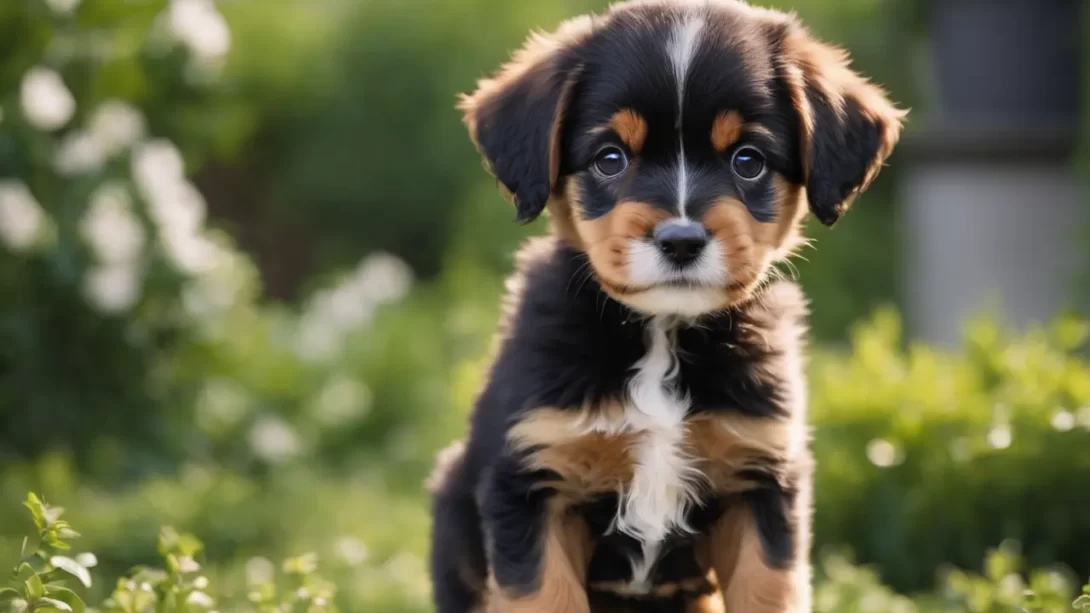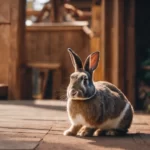Many gardeners face the challenge of keeping their beloved plants safe from their furry companions, especially when dogs choose to relieve themselves on or near these plants. Dog urine, while a natural part of a dog’s life, can be detrimental to the health of your garden. This article aims to equip you with effective strategies to protect your plants from the potential harm caused by dog urine, ensuring a thriving garden coexisting with a happy pet.
Why Dogs Urinate on Plants
Dogs often choose plants as their urination spots for several reasons. Primarily, this behavior is a way for them to mark their territory, signaling their presence to other animals. It’s also a form of communication, as dogs leave behind a scent that carries information about them. Understanding this natural canine behavior is crucial in finding the most effective and compassionate strategies to redirect their urination habits away from your plants.
Potential Harm to Plants from Dog Urine
Dog urine contains compounds like urea, nitrogen, and salts, which, in high concentrations, can be harmful to plants. The primary concern is the nitrogen overload, which can “burn” the plants, leading to yellowing or browning of the foliage and, in severe cases, the death of the plant. The susceptibility to damage varies among plant species; some can tolerate occasional exposure, while others are more sensitive. Recognizing the signs of urine damage in plants is the first step in addressing this issue effectively.
Training Your Dog
Training your dog to avoid urinating on plants is a critical step in protecting your garden. Consistency is key in training. Begin by establishing a specific area in your yard for your dog to use as a bathroom. Whenever you take your dog out, lead them to this area and use a command like “go potty.” Praise and reward them when they use this designated area. Over time, this consistent reinforcement will help your dog understand the appropriate places for urination. It’s important to be patient and positive, as training takes time and each dog learns at their own pace.
Creating Physical Barriers
Physical barriers can be an effective way to protect your plants from canine visitors. Fences, decorative borders, or plant cages can be used to create a boundary around your garden that your dog learns to respect. When selecting barriers, consider both functionality and aesthetics to maintain the beauty of your garden. It’s important to ensure that these barriers are dog-friendly, avoiding sharp edges or materials that could cause injury. The right barrier can serve as a gentle reminder for your dog to keep away from certain areas, helping to safeguard your plants without compromising the overall look of your garden.
Using Safe Repellents
Another approach to deter dogs from urinating on your plants is using safe, natural repellents. Dogs have a strong sense of smell, and certain odors are unappealing to them. Citrus peels, vinegar, or specially formulated dog-repellent sprays can be used around your garden. Always choose substances that are non-toxic to both plants and dogs. It’s crucial to test any repellent in a small area first to ensure it does not harm your plants. Remember, the goal is to discourage the dog from approaching the plants, not to harm them or make the garden an unwelcoming place for them.
Choosing Dog-Resistant Plants
Incorporating dog-resistant plants into your garden is a proactive way to minimize damage. Some plants are more tolerant of the high nitrogen content in dog urine. For example, robust grasses or certain shrubs can withstand occasional exposure. Research plants that are not only resilient to dog urine but also non-toxic to dogs, ensuring a safe environment for your pet. By choosing the right plants, you can create a garden that is both beautiful and resilient, reducing the stress of potential urine damage. This approach allows gardeners to enjoy a diverse range of plants while still accommodating the natural behaviors of their canine companions.
Creating a Dog-Friendly Garden Zone
Designating a specific area of your garden as a dog-friendly zone can be a harmonious solution. This area can be tailored to your dog’s needs, perhaps including a sand or gravel area for them to use as a bathroom. You can encourage your dog to spend time in this zone by adding toys, a comfortable resting place, or even a small digging area if your dog enjoys such activities. The goal is to make this space so appealing to your dog that they prefer it over other parts of the garden. By doing so, you provide a designated area for play and relaxation, reducing the likelihood of them urinating on your prized plants.
Conclusion
Protecting your plants from dog urine requires a combination of understanding canine behavior, training, and garden modification. Each strategy, from training your dog to use a specific bathroom area to creating physical barriers and using safe repellents, plays a role in safeguarding your garden. Incorporating dog-resistant plants and establishing a dog-friendly zone can further enhance the harmony between your pet and your plants. Patience and consistency are key in implementing these strategies. With time and dedication, it’s possible to maintain a thriving garden that both you and your dog can enjoy.



